Matcher is a small Web app I built to solve a very specific problem. I used to play football with a few friends on a weekly basis and, after a short while, the logistics of it got a bit out of hand. One of us would have to take the better part of a day off every time, to try and get everyone to RSVP, find a date and time that fit everyone’s schedule and split the group into well‑rounded teams. So I took the chance to scratch my own itch and designed a small Web app that fixed all of it for us. Only, I over‑did it a bit.
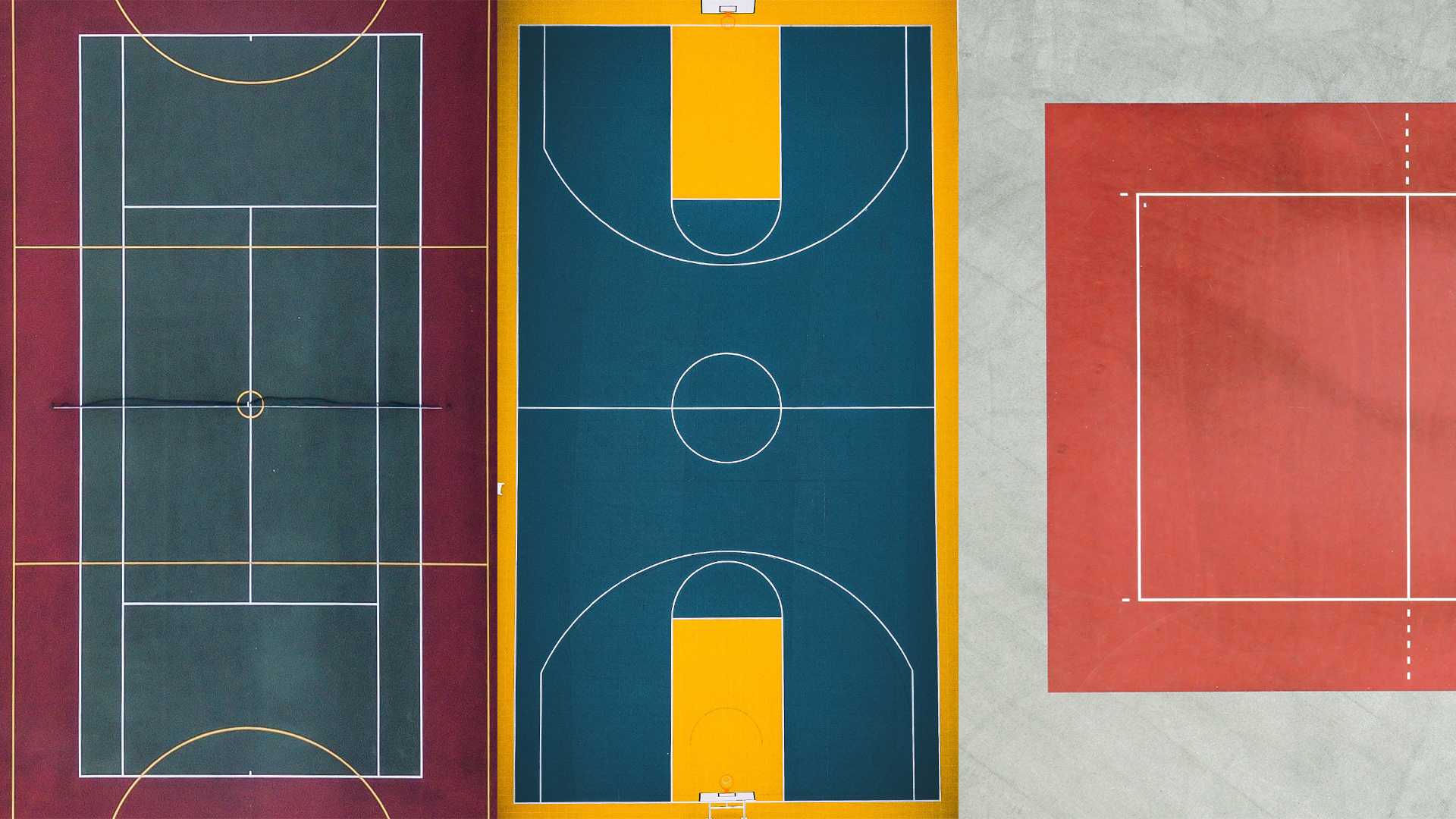
I started out by enlisting the help of my good friend and developer‑extraordinaire Filipe Pires to put together an algorithm that would take a certain number of players, along with some skill stats we got everyone to compile, and generate the most tightly balanced set of teams possible. It worked nicely for a while, but because we had to feed the algorithm all of the stats manually, it actually turned out to require more work than before, so we went looking for a way to automate the process somehow.
The answer was a small website where users could do it all: rate people they’ve played with according to a set of stats, create matches, invite other players, set up balanced teams, etc.
I had just started working at Odd Camp, where Ruby on Rails was king, so I took the chance to teach myself some Rails and started building what would eventually become Matcher.
But first, we needed a brand.
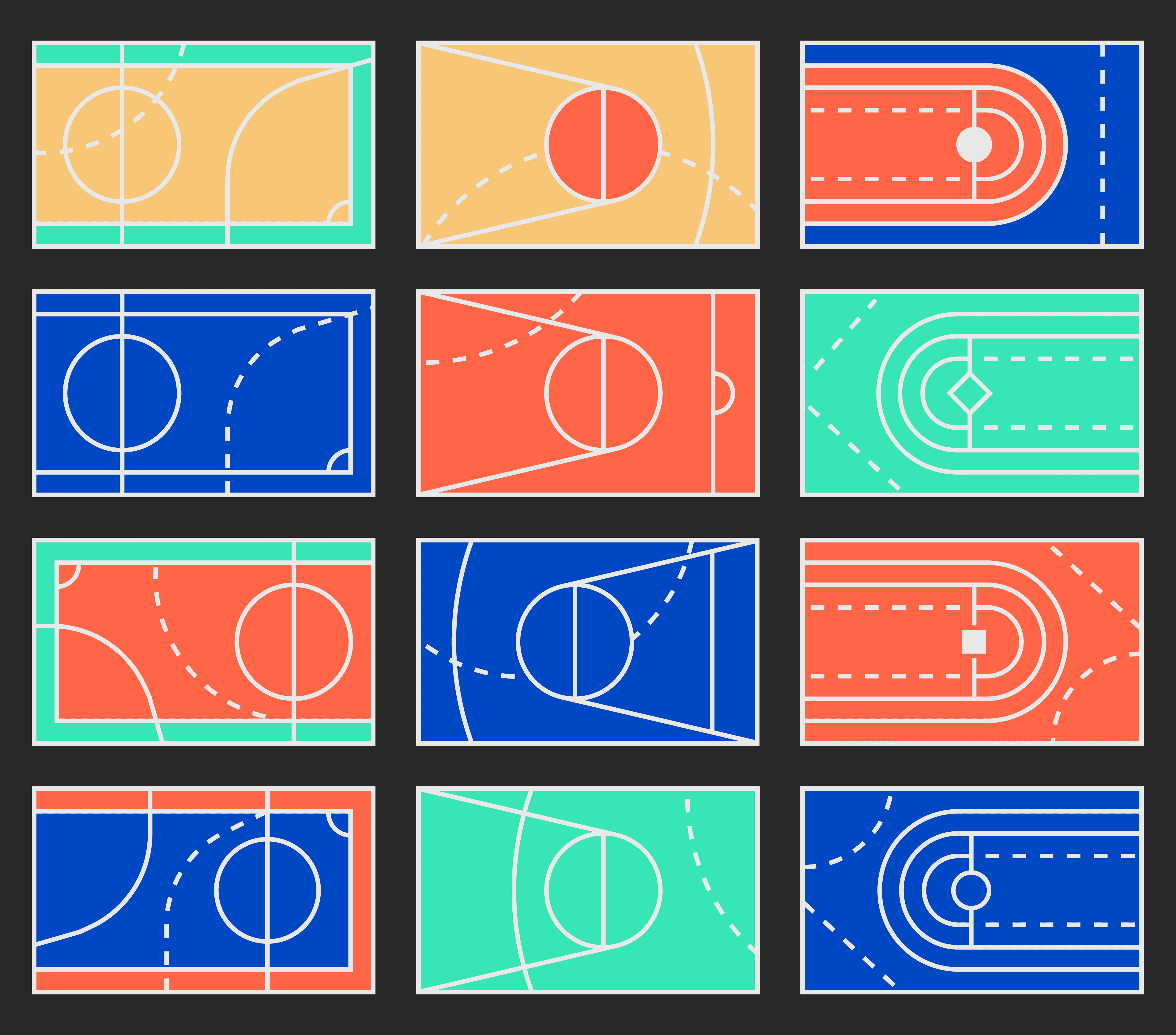
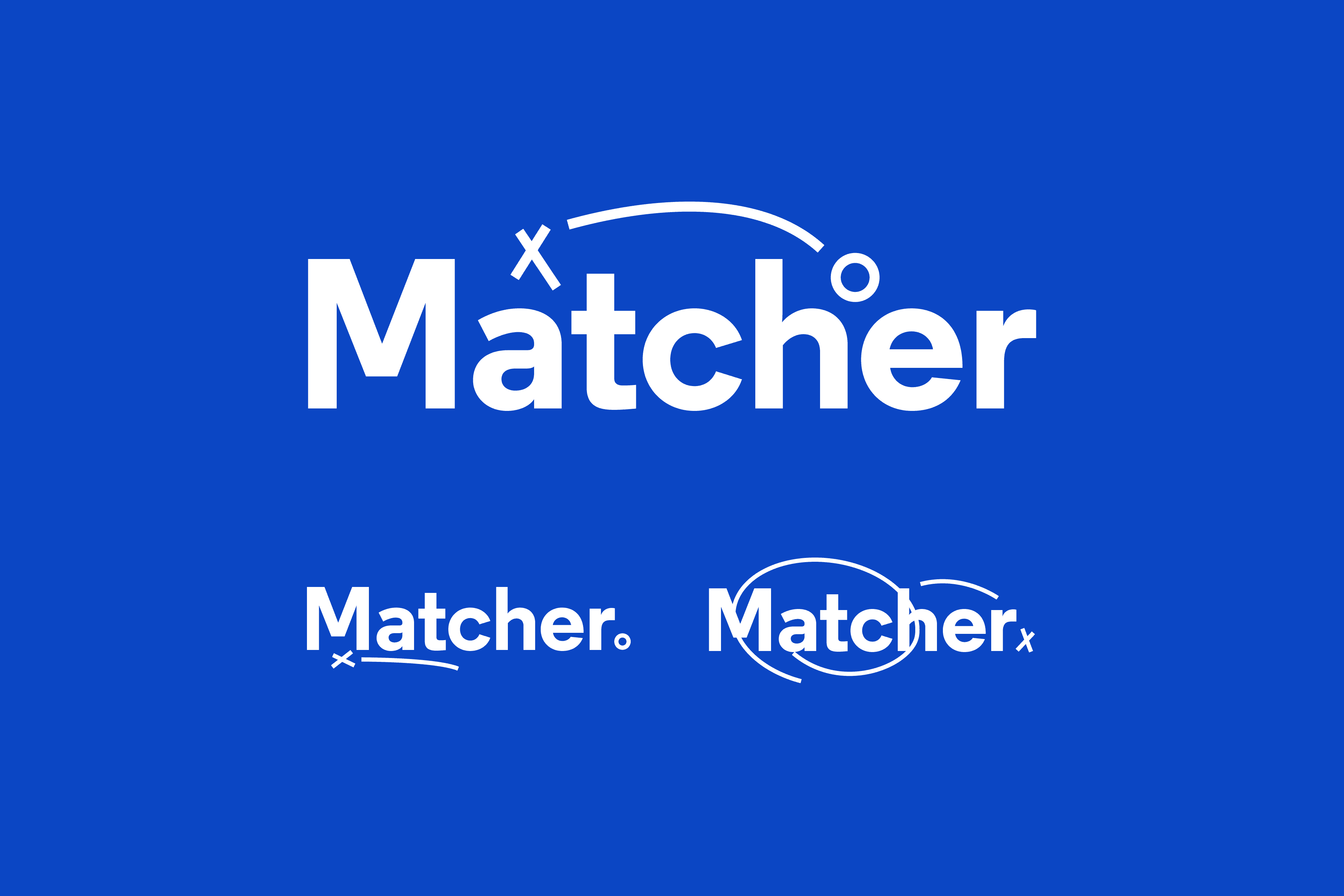
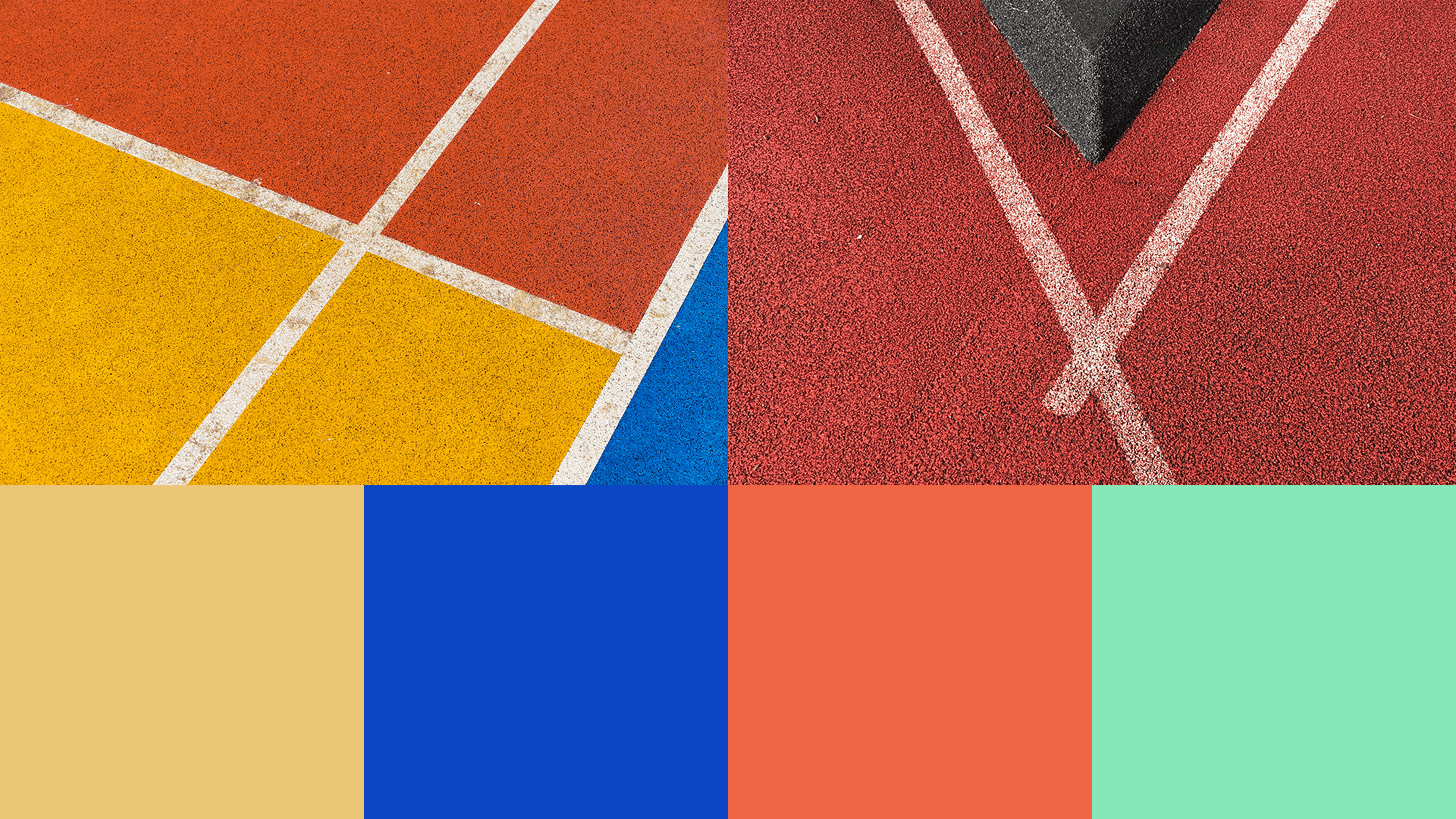
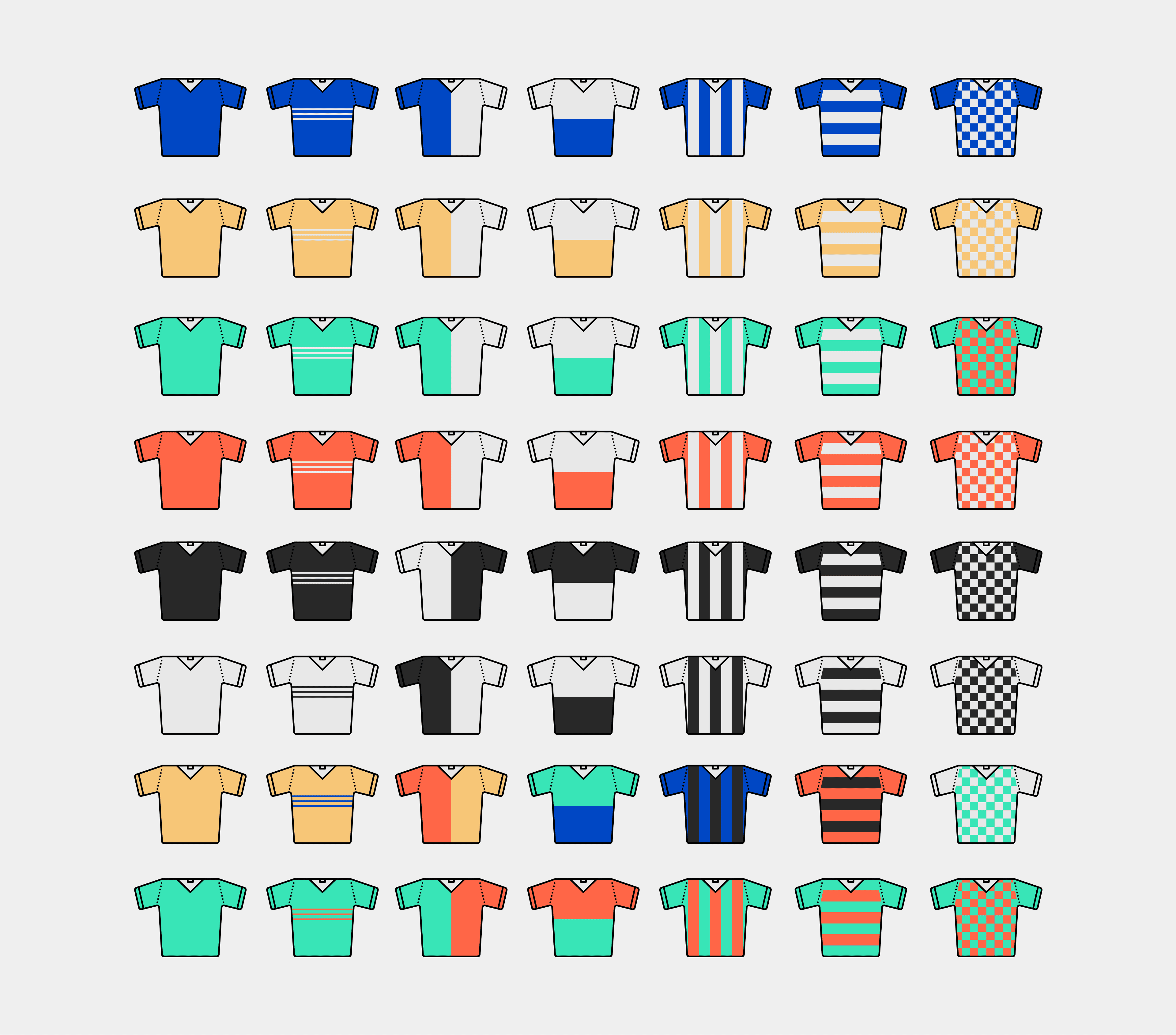
Quite frankly, this was one of the rare cases where the brand pretty much designed itself. For the logo, A2 Type’s outstanding Regular pulls most of the weight, only being complemented by a few scribbles that mimic coaching instructions. These follow a bit of a pattern but can be used in a number of different ways, keeping the logo recognizable but never boring.
As for the colour scheme, it’s ripped right off of the courts we used to play in. Perhaps unsurprisingly, I’ve come to realize these look more or less the same anywhere in the world, almost always using a combination of 2 out of 4 possible colours. By adding them all together, we had a brand palette.
With the brand settled, it was time to move on to the UI. I fully committed to a mobile‑first approach, designing the interface to feel as close to a native app as possible and then slowly scaling everything up so it looked good on larger screens as well. In all fairness, the app still ended up looking better on phones than it does on desktop, but I’m happy to report that it’s just as usable on every device—and all versions share the exact same set of features.
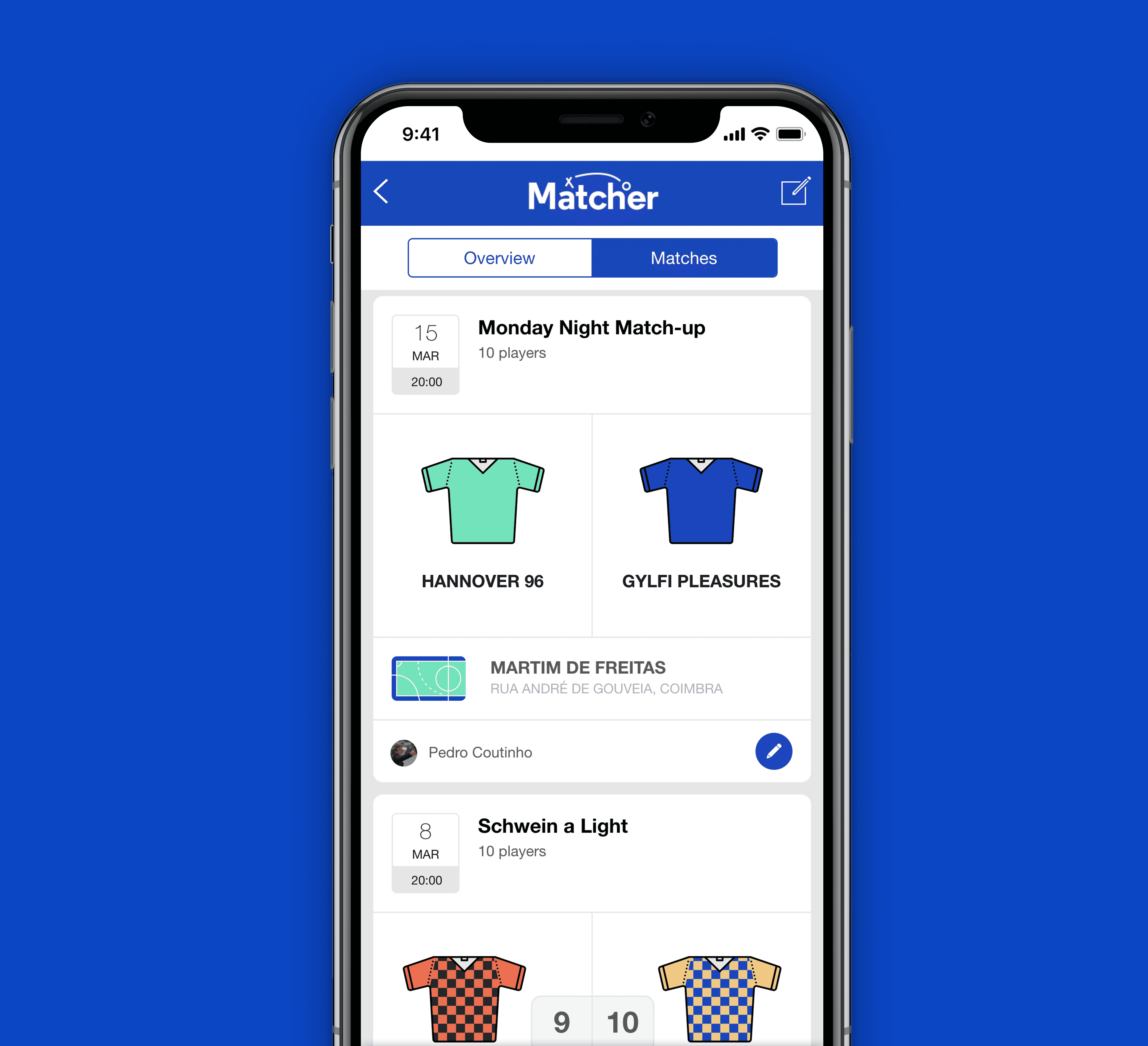
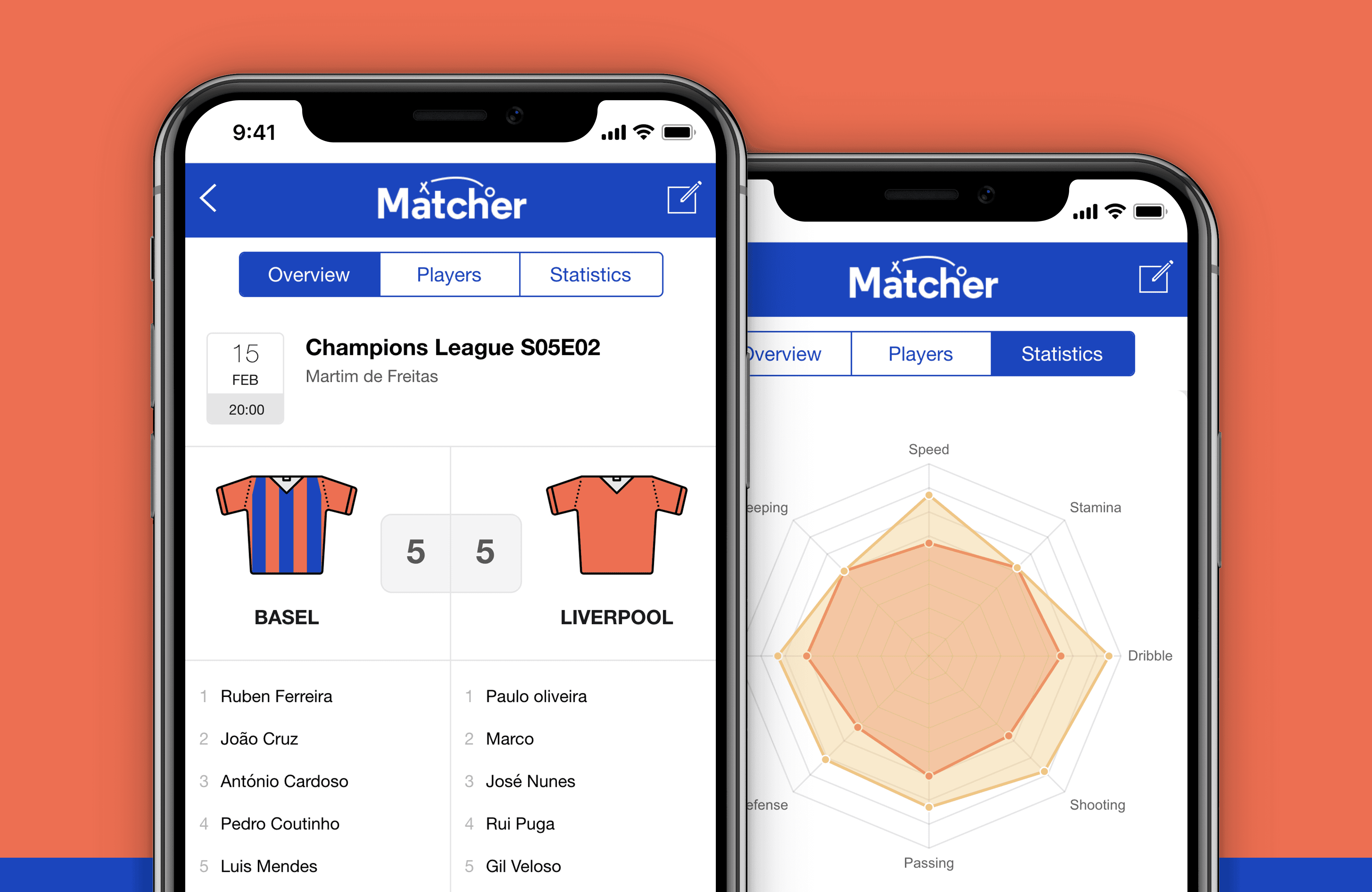
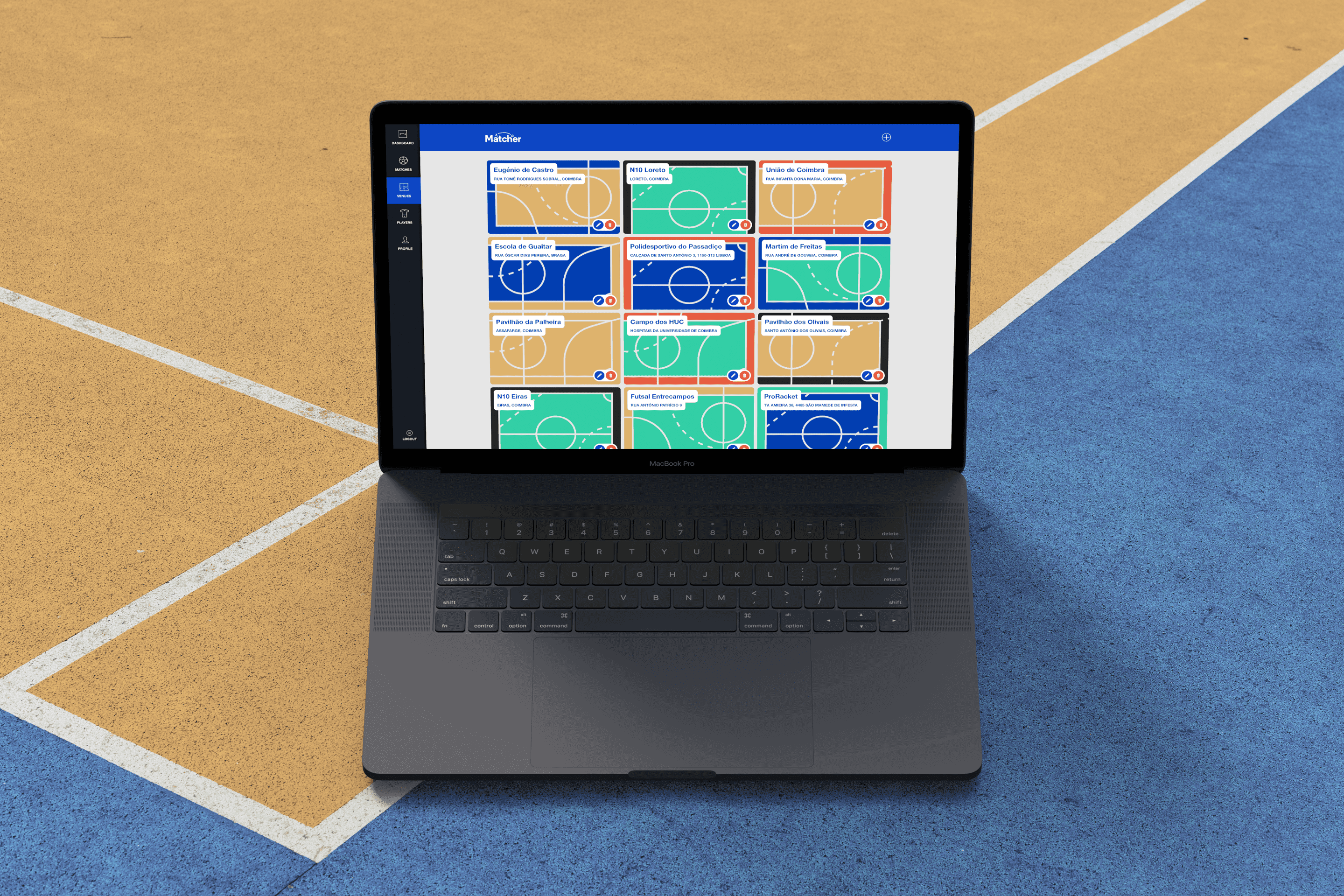
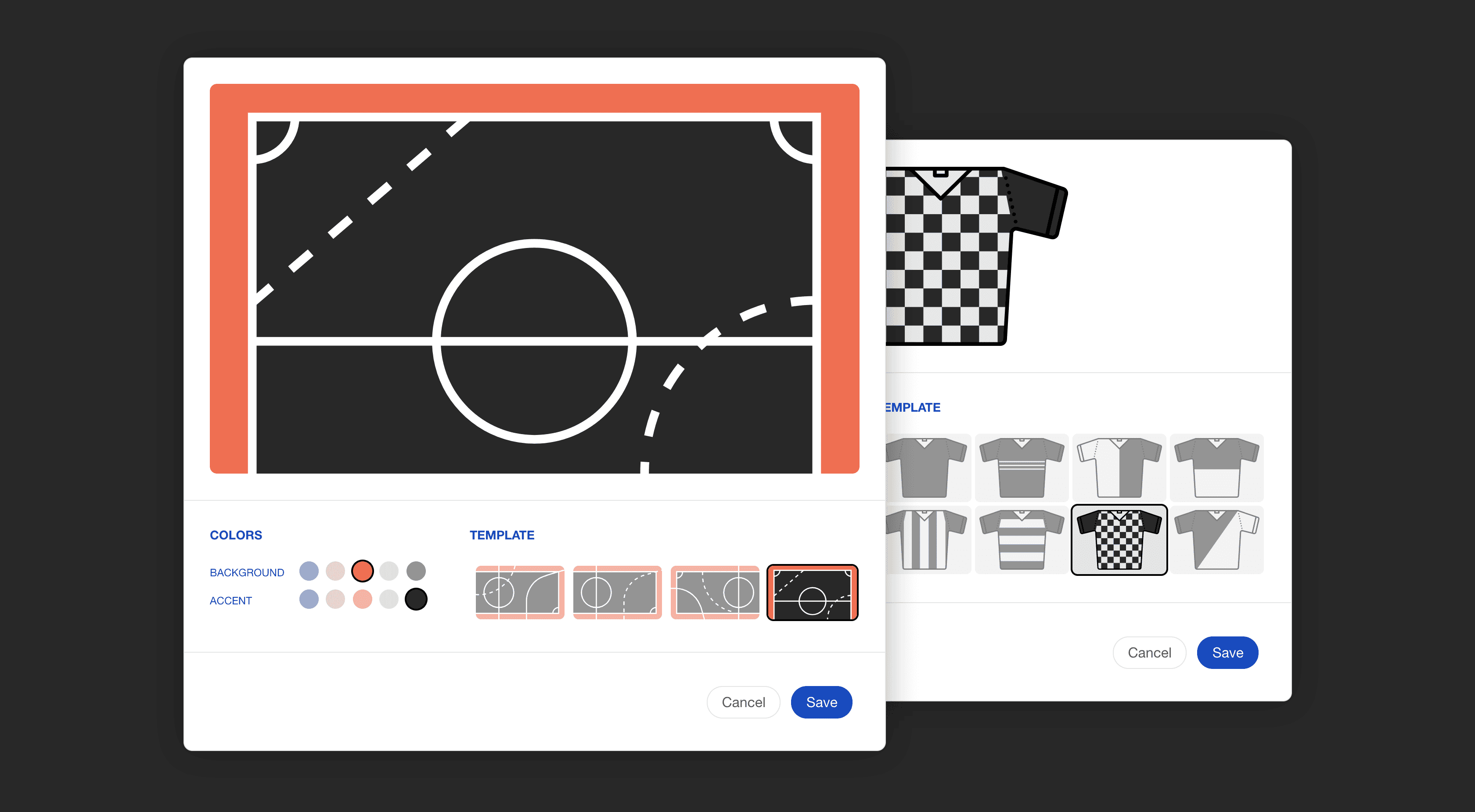
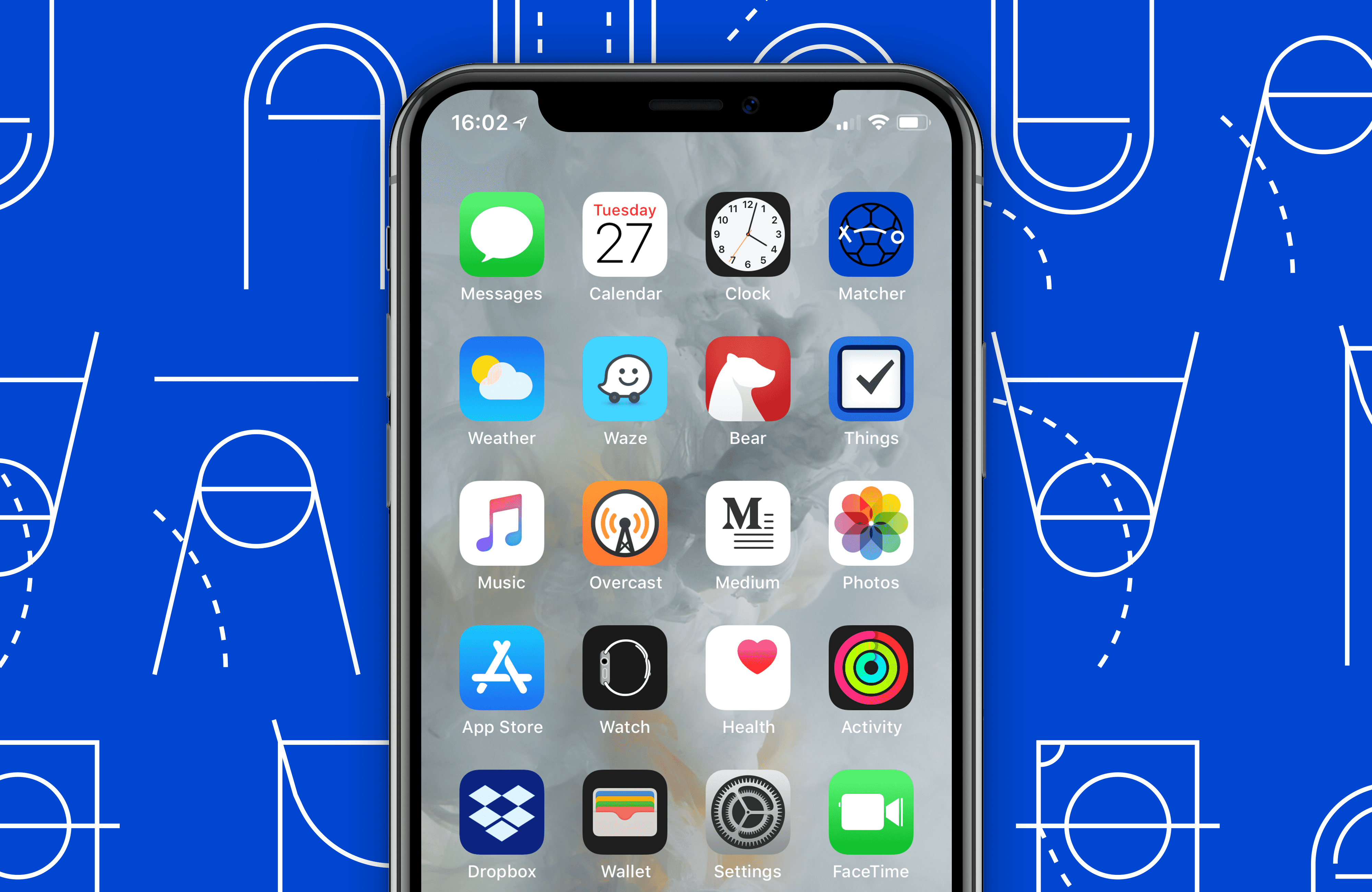
As soon as we had something that was barely usable, we started using it to schedule our own matches. Calling the first version we launched an MVP would be an overstatement, yet it worked surprisingly well for us so, after a few months of testing and improvements, I decided to open up a closed beta. I put together a small little promotional page for it and used MailChimp to set up a half‑baked beta sign‑up system.
Because it was still a bare‑bones app, hosted on a cheap Heroku server, I took a cautious approach and only let in small groups of users at a time, but the response was encouraging nonetheless. Sadly, the amount of time I could invest in it dwindled, and development eventually felt a lot like what our football matches used to be: slow, largely uneventful and slightly embarrassing (if still rewarding). It also didn’t help that I picked up a pretty nasty ankle injury, and stopped playing football for good—which took away part of my motivation to work on it. So I decided to sunset it in 2022.
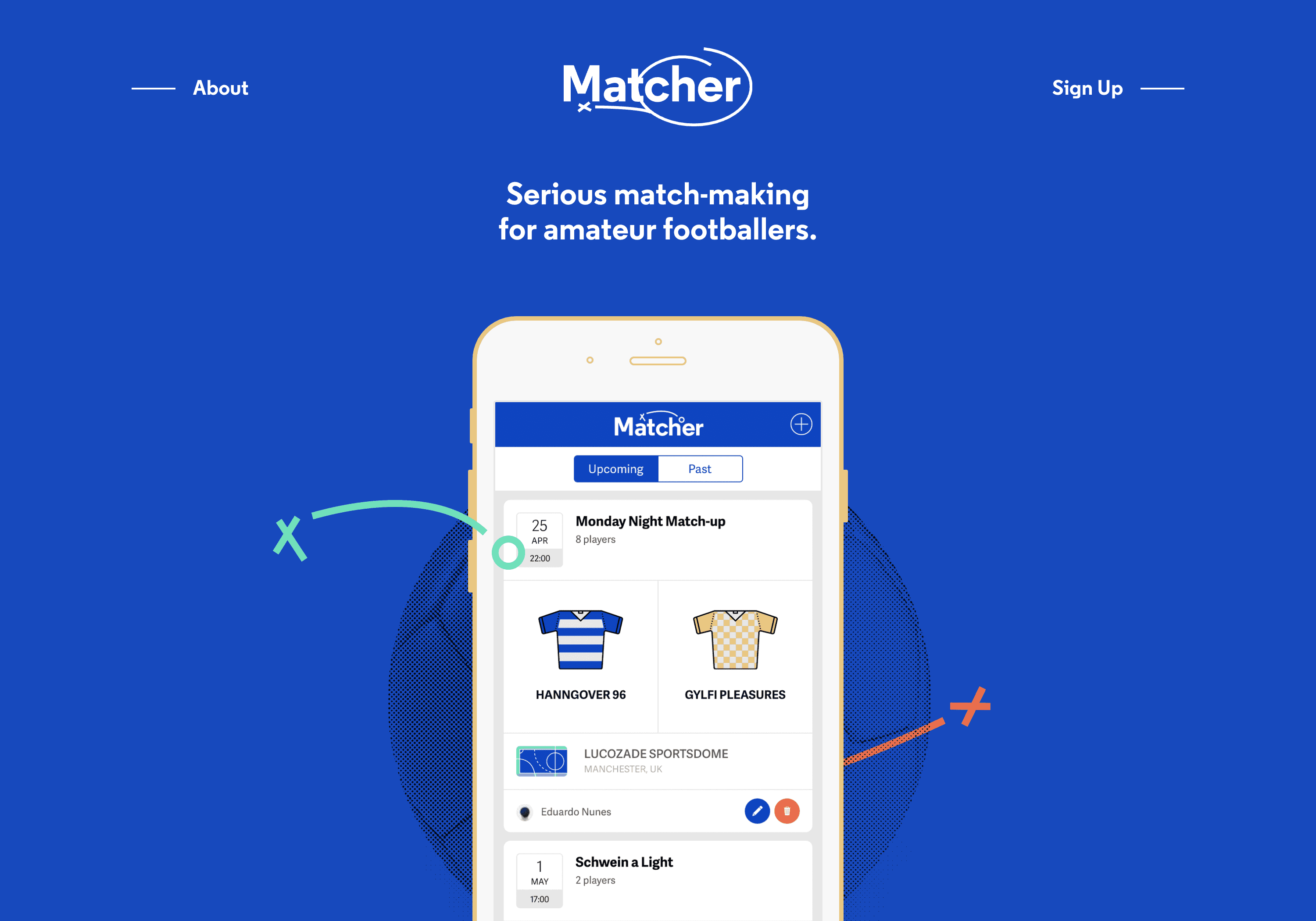
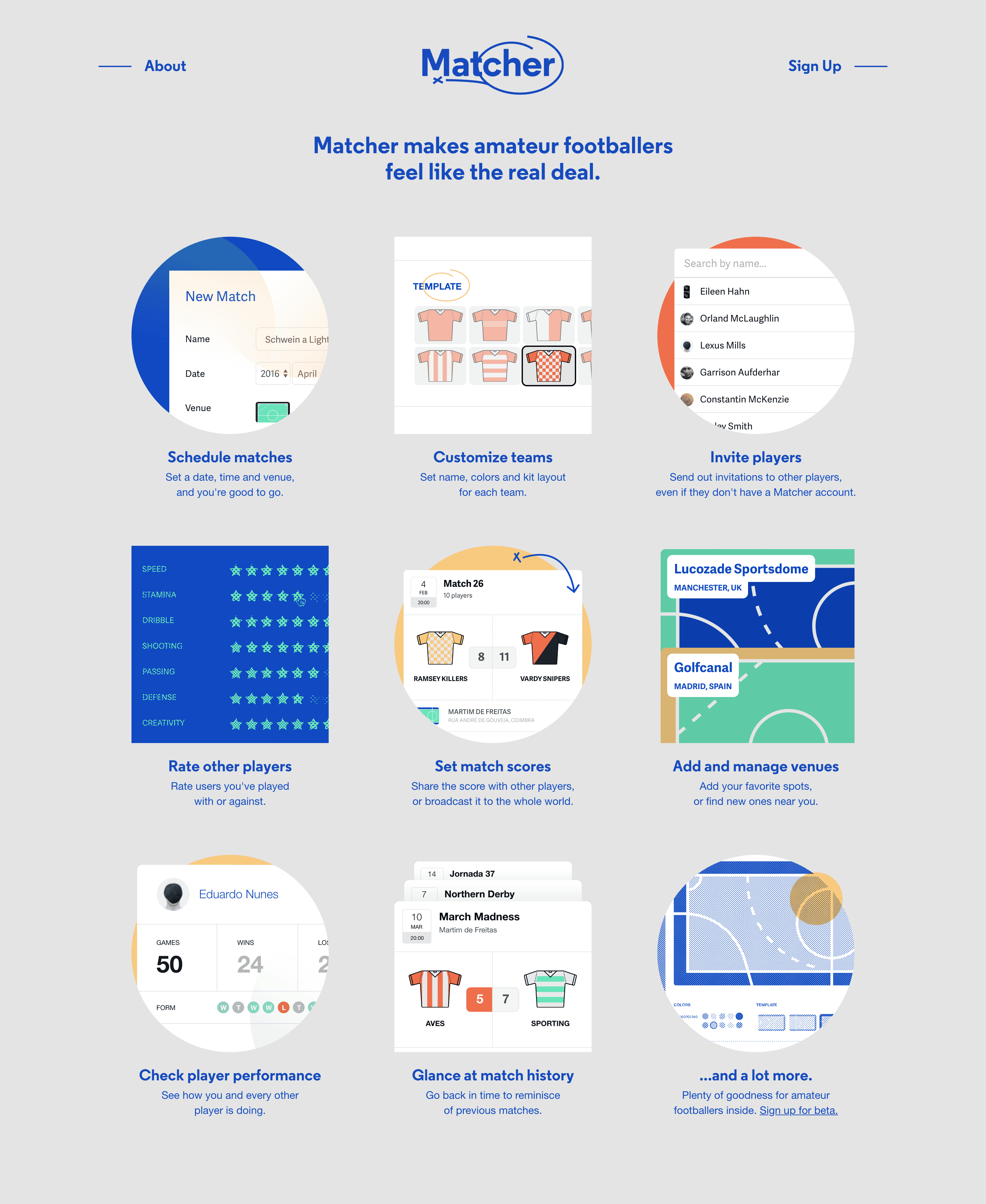
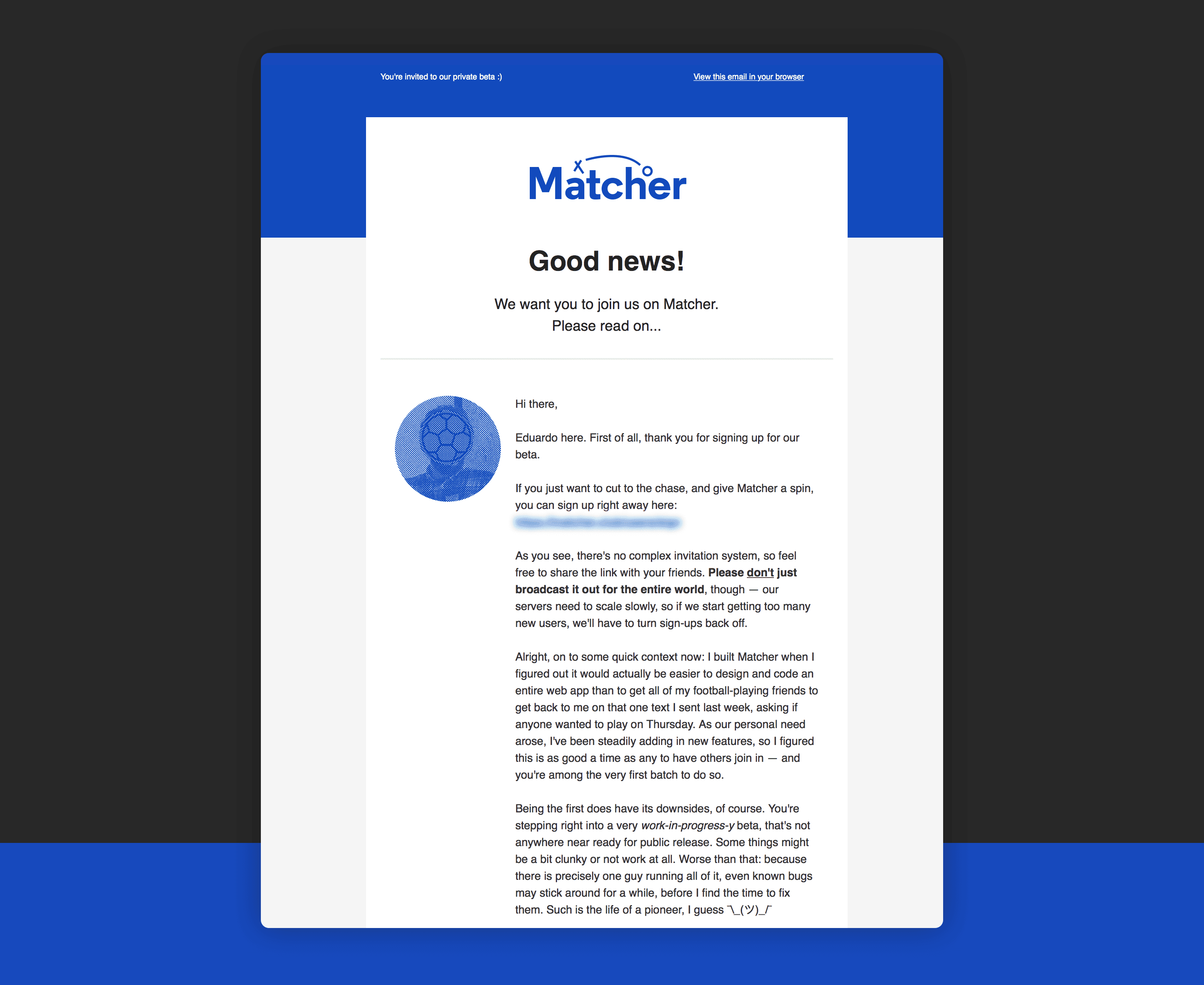
For a humble sideproject, built to tackle a minor inconvenience in our day‑to‑day lives, Matcher turned out to be a very enriching process. It gave me the opportunity to get some hands‑on experience with Rails, at a time when I was increasingly in need of understanding it, and it provided an outlet for my desire to design and develop a product without middlemen.
But it also opened my eyes to what really is important about a service that’s targeted at consumers: that they want to use it.
Because I was meeting all of my users at least once a week—and because they had a lot to say about the product, as we were warming up before every match—I had a seemingly never‑ending supply of invaluable and brutally honest user feedback. Therein lies, who knows, the solution every PM’s been looking for. Just get your team to play football with your users—data will start pouring in immediately.